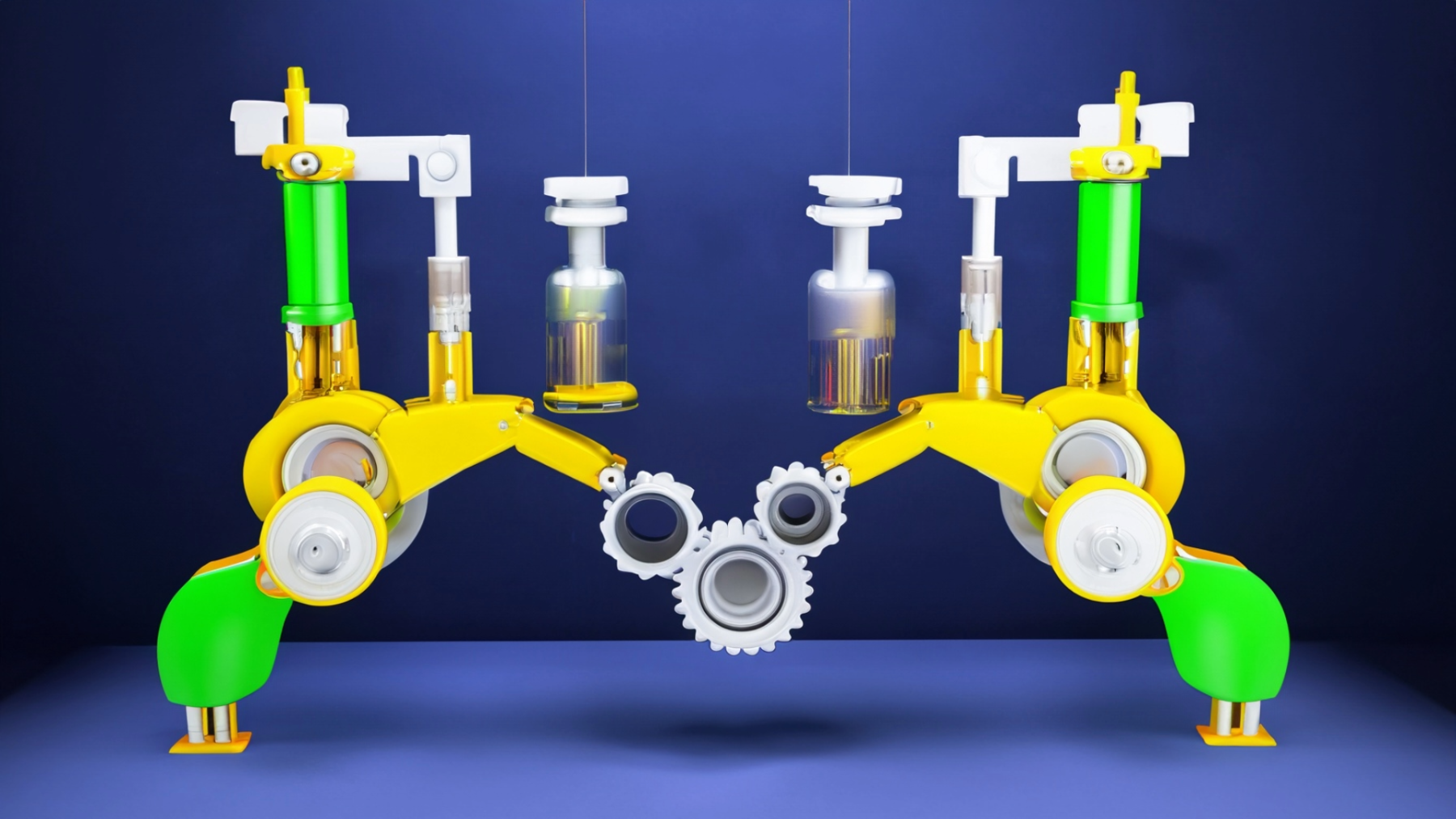
Da Vinci's Bridge Day 1 and 2
by Matthew Heaston
This lesson is part 1 of 2. This lesson is set up to have students explore the friction bridge designed by Leonardo Da Vinci. Students first discover the inventor and become familiar with his life, inventions and the bridge itself. I use this part of the assignment to support ELA, there are other built in opportunities to support other core classes as well. Students can build DAY 1 if they finish the small bit of research. Day two allows them to explore, taking turns trying to build longer and longer bridges by finding better practices and skills.
I provide balsa sticks, but have done this with pencils, chopsticks, twigs, etc. The smaller the stick, the more difficult the build.
Lesson Plan Link/URL
https://docs.google.com/presentation/d/15qz9gAGN7x4p1TyGTgRiVlVeu7Gkof37/edit?u…Subject Area
Science Physical Science P3: Net Force Technology 1. Empowered Learner 2. Digital Citizen 3. Knowledge Constructor 4. Innovative Designer 5. Computational Thinker 6. Creative Communicator 7. Global Collaborator Engineering S1: Engineering & Global Society S2: Apply the Engineering Design Process S3: Apply Mathematics to Engineering S4: Apply Science to Engineering S5: Apply Technology to Engineering Mathematics Measurement and Data (MD) Geometry (G) Ratio and Proportion (RP) English Language Arts (ELA) Reading (Informational Text) Writing Speaking & Listening
Featured
Off
Related Content

Grades:
1st Grade, 2nd Grade, 3rd Grade
In this lesson, students design, build and test model candy cars made from simple materials. They measure the changes in distance and travel by the addition of revision of design features. Students

Grades:
6th Grade
Students are to design and build a truss-style bridge out of balsa wood before testing its strength.

Grades:
5th Grade
This 5th grade lesson incorporates Mad Lib, micro:bits and learning how to code on Makecode.org. This lesson is teacher directed to walk students to add variables and text value. Students will use